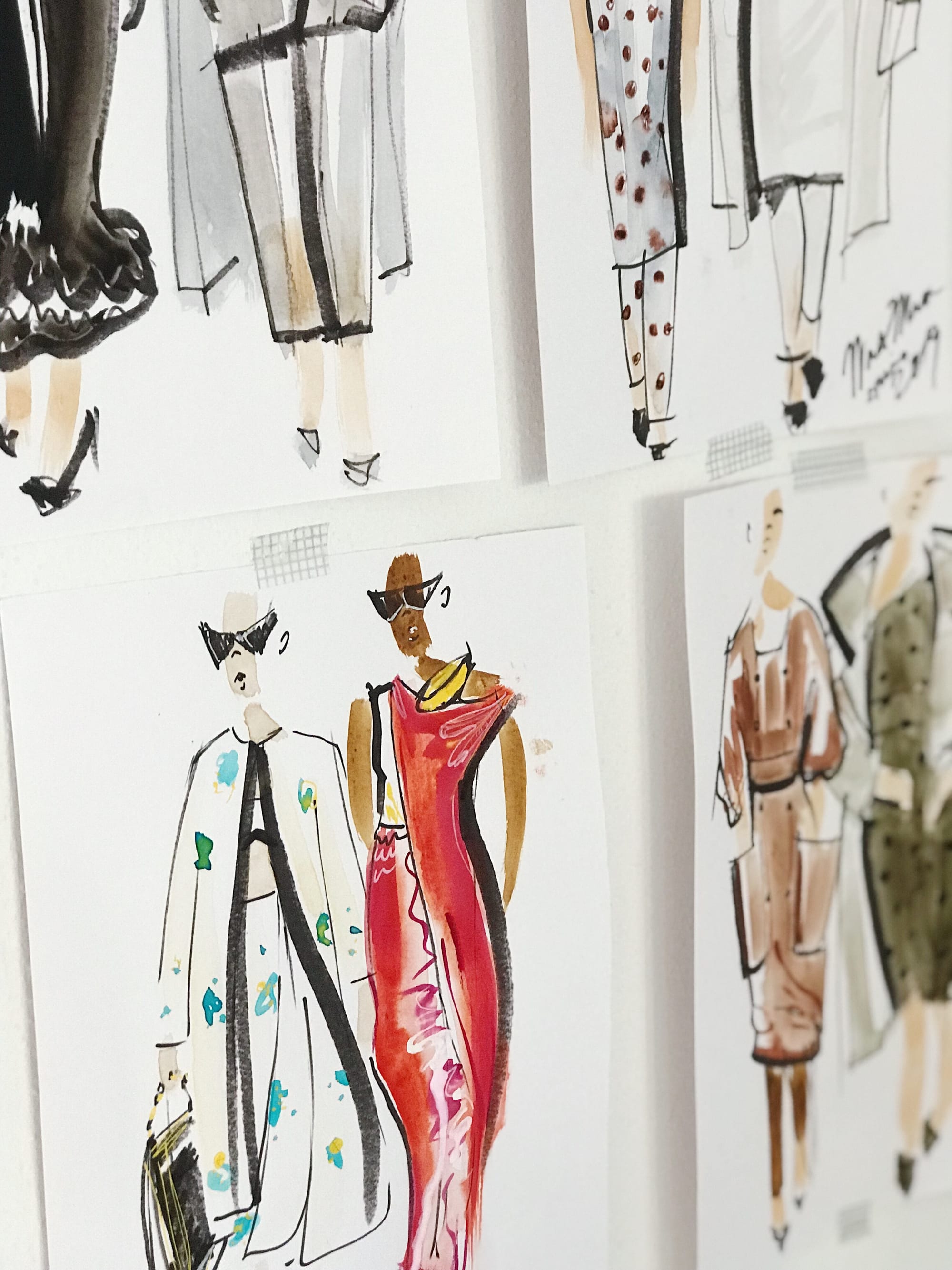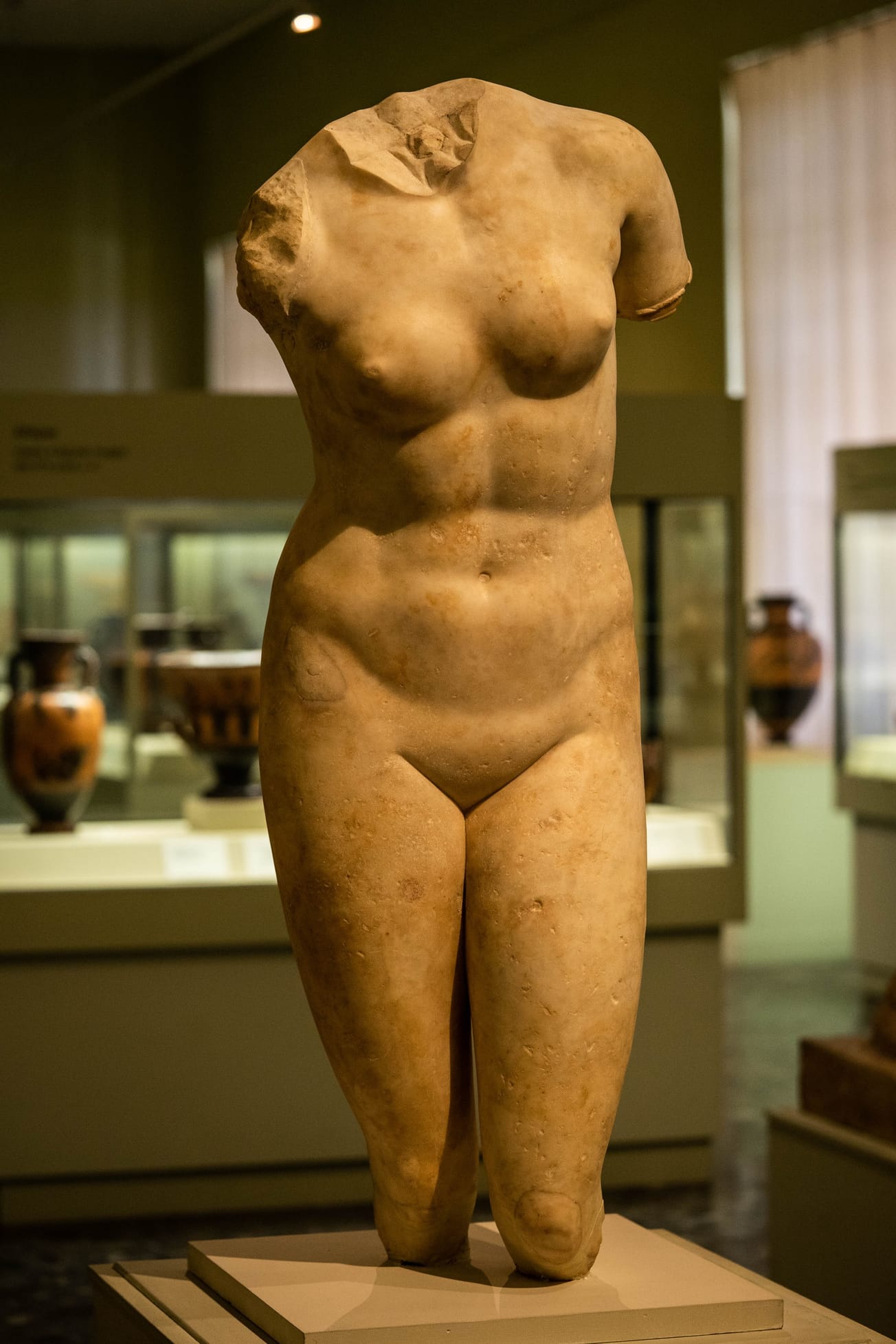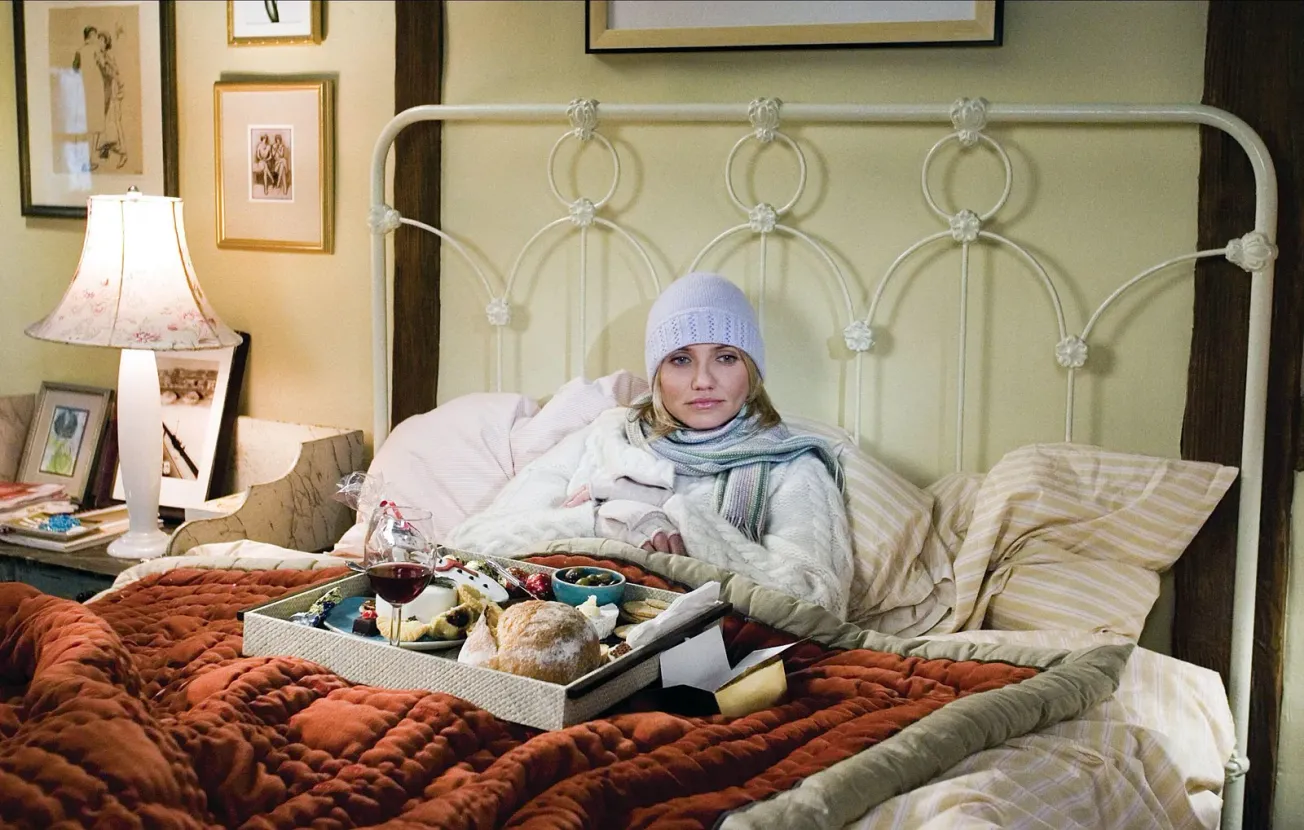By Nieve Dowling,
THE CROFT/ The 'naked' look has come in and out of fashion over the decades. Nieve Dowling uncovers what makes this fashion statement so controversial to audiences yet so appealing to designers.
While investigating daring outfits within fashion, I noticed a common thread between some of the most iconic, controversial and unforgettable red-carpet runway looks: the use of the female body. Fashion’s love affair with female nudity and the idea of the Naked Dress has existed throughout history in different forms: from the sixteenth- century when Mary Antoinette shocked in a cotton robe that resembled an undergarment, to the backless flapper dresses of the 1920s and strapless dresses of the 1930s. Our definition of the Naked Dress seems to evolve alongside our definition of nudity.
The first iteration of the Naked Dress we know today was Bob Mackie’s nude, sheer, rhinestone dress, which Marilyn Monroe donned in 1962 to croon an era-defining ‘Happy Birthday, Mr. President' to John F. Kennedy. Monroe famously had to be sewn into the skin-tight dress and wore nothing underneath, giving an impression of a glistening nude body. Sixty years later, at the 2022 ‘Gilded Glamour’ Met Gala, Kim Kardashian was the first to wear the iconic dress since Marilyn. This move sparked controversy for several reasons. Kardashian was criticised for undergoing an intense diet to fit into the dress and supposedly promoting unrealistic beauty standards. Some accused her of damaging the dress, and others were simply uncomfortable with her wearing the deceased Monroe’s dress, as they believed she would not have appreciated the gesture. I find this moment interesting, as despite how polarising a figure Kim Kardashian is, she is undeniably a modern-day sex symbol. By putting herself in a direct parallel with Marilyn Monroe, she shows the evolution of the sex symbol. The contrast of the reactions to the dress sixty years apart shows a changing attitude towards female bodies and nudity in more than one way. The original shock factor of the Naked Dress has become diluted; as female nudity and sexuality have arguably become more accepted and normalised. However, in a culture wherein social media presents plastic surgery and unachievable bodies as the norm, female nudity in fashion has arguably become more sanitised and unnatural. Personally, I think the magic of using female nudity as a fashion statement lies in the freedom that comes from accepting what is natural and rebelling against patriarchal standards.

Designer Alexander McQueen played with the taboo of female nudity in his subversive, innovative designs and runway shows. McQueen was often accused of misogyny and objectifying women, especially after his infamous ‘Highland Rape’ collection, in which models with harrowing expressions stumbled down the runway in an array of ripped clothes and tartan, many partially exposed. McQueen argued he was trying to represent England’s oppression and abuses of Scotland through similar abuse that women face. McQueen used female nudity to make a political fashion statement by portraying women as victims and their nudity as an indicator of violence. Similarly, Abbey Lee’s 2013 Met Gala ‘Gun Control’ look indicated violence, but in a way that asserted agency through nudity. The theme was ‘PUNK: From Chaos to Couture’, and Lee chose to rock a silver sheer Rag & Bone slip, reminiscent of Kate Moss’ iconic 1993 Naked Dress. On the red carpet, she posed with an intense, serious expression and at an afterparty, she lifted the dress to display the words ‘GUN CONTROL’ in bold black letters written across her abs. Lee used her body as a canvas to make a political fashion statement, the dress being a mere accessory to the look. She was in control of the nudity and was using her body to force people to look at the message she wanted to communicate.
I struggle with the use of female nudity in fashion to shock, as I feel the female body should not be inherently shocking. Female nudity is everywhere; it is commodified, sexualised and sold to us. Does fashion reinforce an over-sexualised taboo of female nudity, or does it subvert it and make us uncomfortable and question why we are?
Do you find the use of female nudity in fashion inappropriate or liberating?
Featured Image: Karim Ben Van (via Unsplash)









